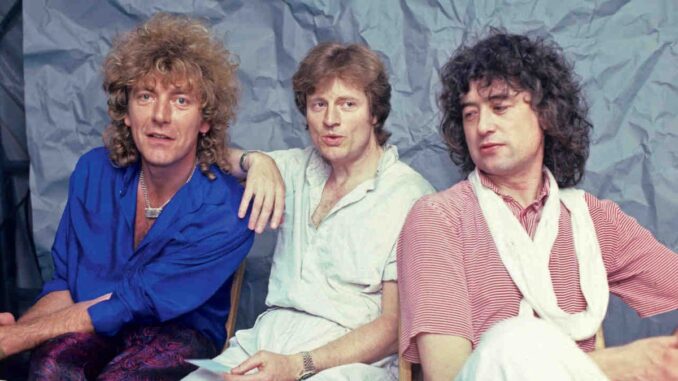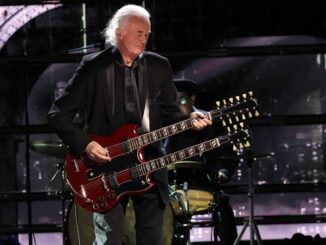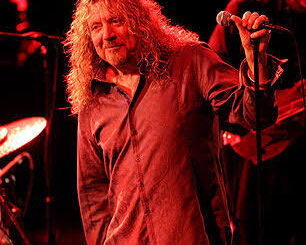
“As soon as Jimmy Page came on, the roof came off the place! Afterwards, Plant was absolutely fuming”: The Epic, Ego-Fuelled Story of Led Zeppelin and Black Sabbath’s Live Aid Reunions
In the pantheon of rock history, few moments carry the weight and chaos of Led Zeppelin’s and Black Sabbath’s Live Aid reunions in 1985. With egos clashing and expectations sky-high, what was meant to be a celebration of music and charity turned into one of rock’s most notorious backstage dramas — particularly when guitar legend Jimmy Page walked on stage.
It was meant to be a moment of unity. Live Aid, organized by Bob Geldof to raise money for famine relief in Ethiopia, brought together the biggest rock acts on the planet. Queen’s performance would go down as one of the greatest live sets of all time, but Led Zeppelin’s reunion — their first since the death of drummer John Bonham in 1980 — was supposed to be equally historic. Instead, it became a story of inflated egos, mismatched expectations, and simmering rivalries.
The drama began backstage. Led Zeppelin’s surviving members — Robert Plant, Jimmy Page, and John Paul Jones — were reunited with the help of drummers Phil Collins (who had also flown in from performing at the London Live Aid show) and Tony Thompson of Chic. But the chemistry was off from the start. Page, struggling with an out-of-tune guitar and minimal rehearsal time, clashed with Plant over song choices and arrangements.
But it wasn’t just the lack of prep. Eyewitnesses and road crew later described the palpable tension as the band took the stage. “As soon as Jimmy Page came on, the roof came off the place!” one crew member recalled. “But afterwards, Plant was absolutely fuming. He felt the whole thing was a mess — that Page had tried to hijack the spotlight and that the performance had embarrassed them both.”
Plant, who had been cautious about a reunion from the beginning, was reportedly furious about the performance and quickly distanced himself from the footage. The band even refused to allow the performance to be included in official Live Aid releases. Page, on the other hand, felt that the energy of the moment had been electric — if chaotic.
Meanwhile, Black Sabbath’s reunion that same night — with Ozzy Osbourne returning to front the band for the first time in six years — was its own storm of egos. “Everyone was off their face,” Osbourne admitted in later interviews. “But it was magic being on stage with Tony, Geezer and Bill again.” Their performance was tight and energetic, but even that reunion proved temporary.
Ultimately, the night showcased two of rock’s greatest bands struggling under the weight of their own legacies. Led Zeppelin would later attempt more reunions — most notably in 2007 with Jason Bonham on drums — but Live Aid remained a sore spot for years.
In the end, Live Aid was a triumph for music and humanity. But behind the scenes, it was a reminder that even legends can fall out of tune — especially when pride and history collide under the spotlight.



Be the first to comment